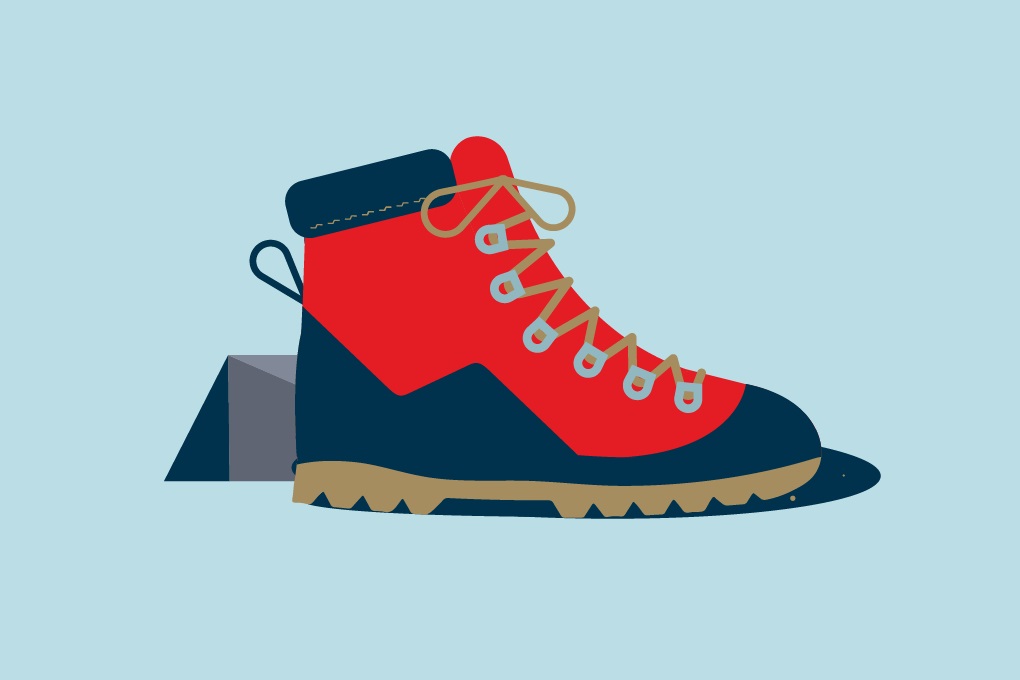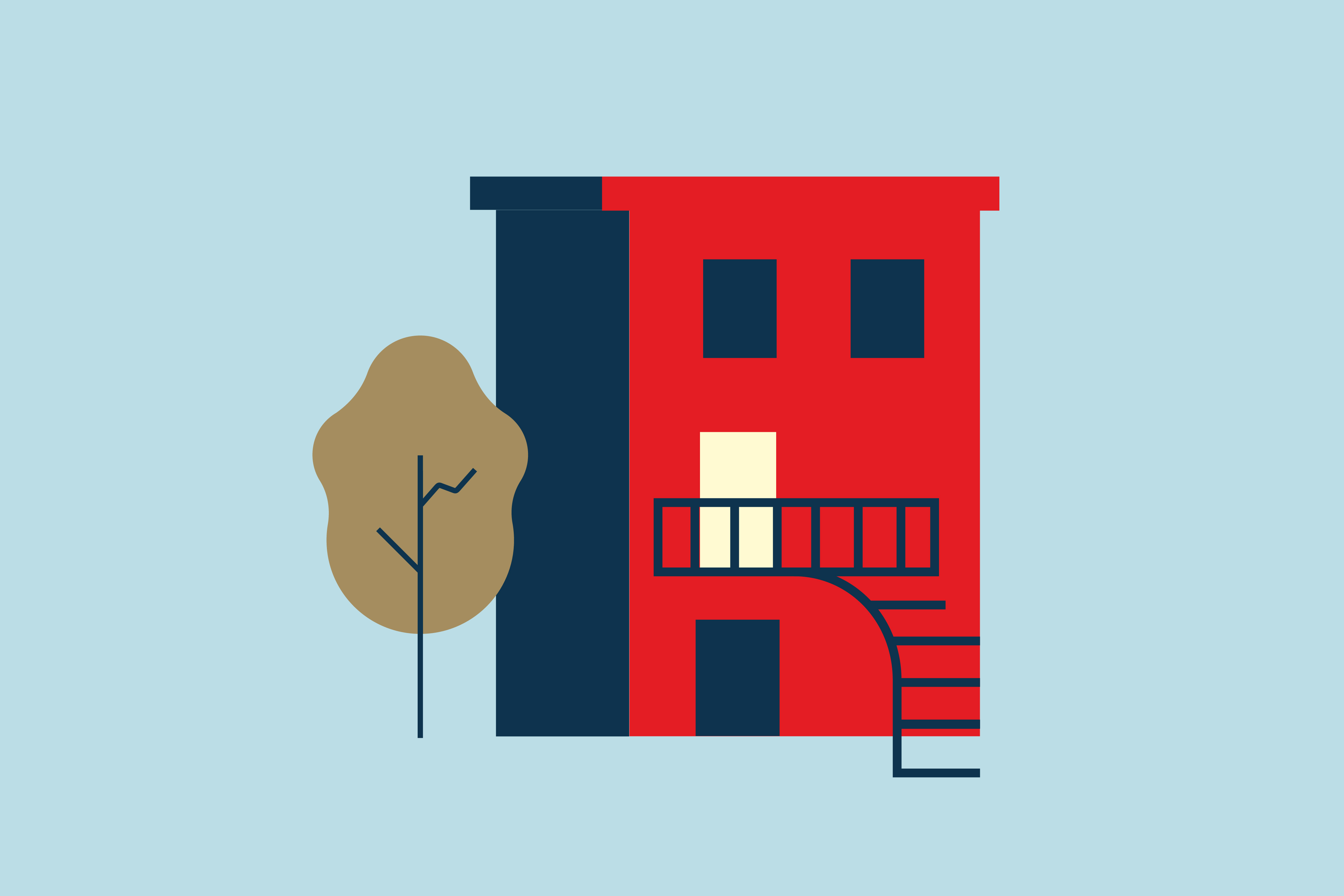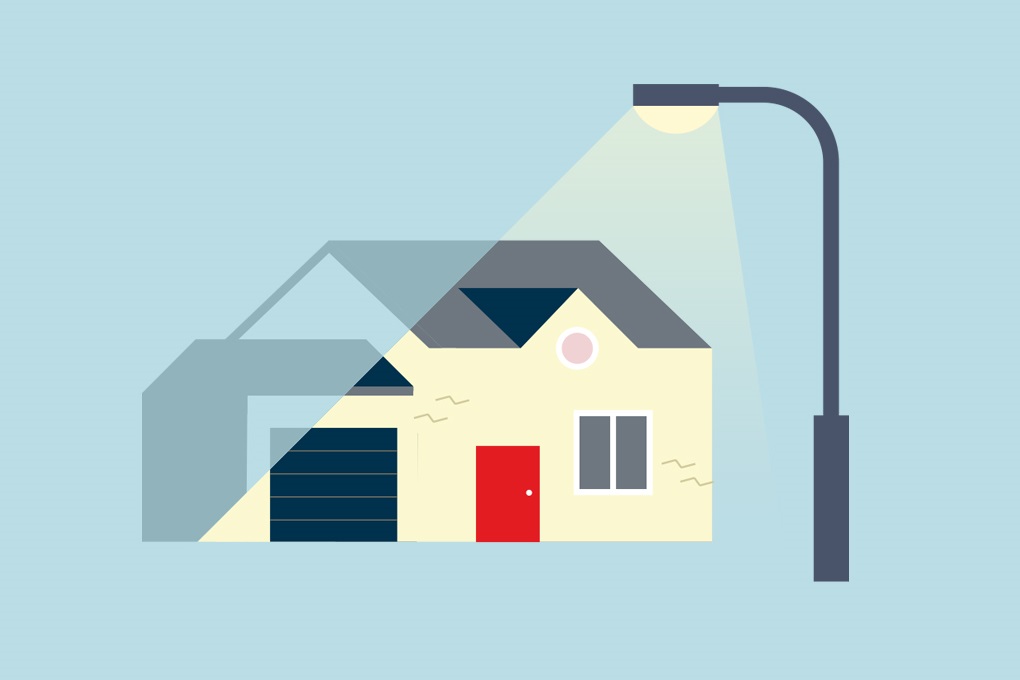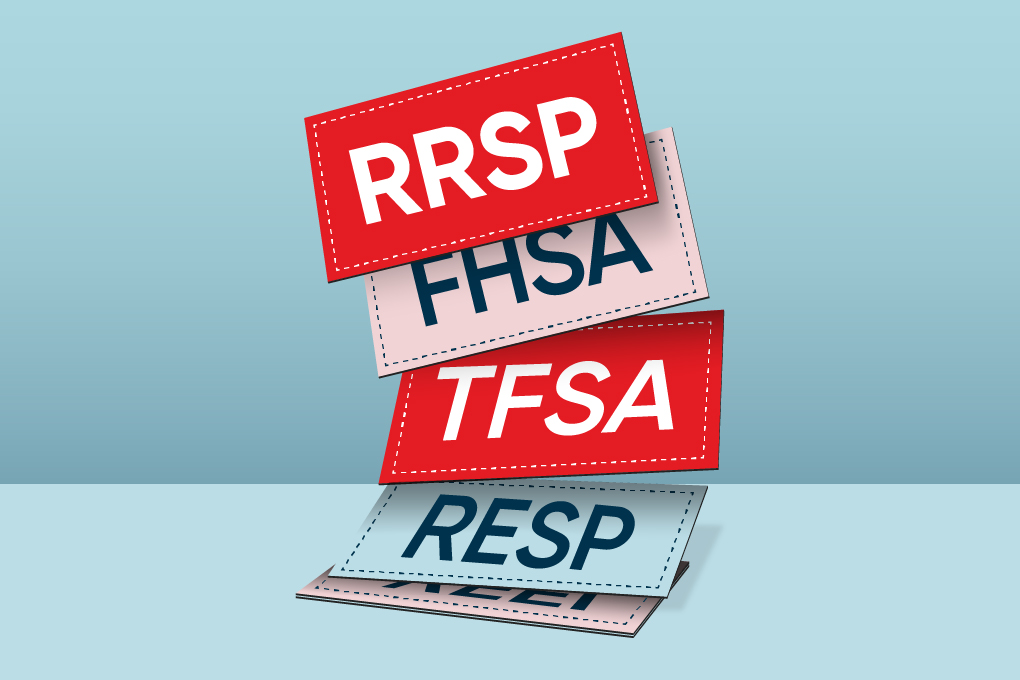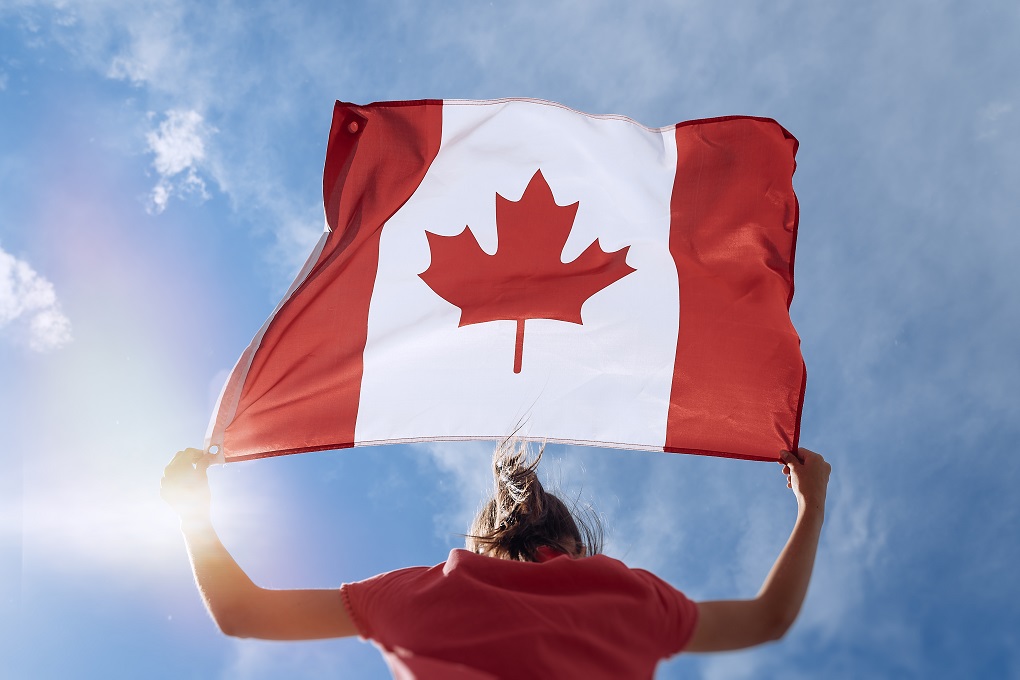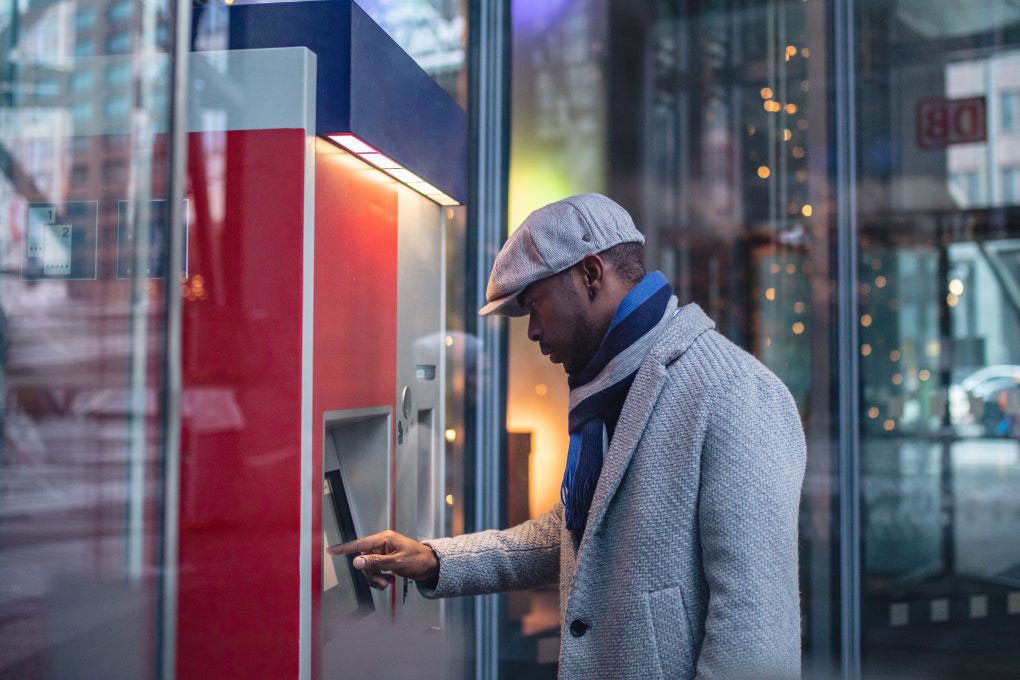
Did you know that in Canada, we have what’s called a credit report which compiles your financial history and your personal information?
You receive a score between 300 and 900 based on how well you manage your finances.
We call this the credit score.
It’s an important factor for borrowing from the bank, but also for renting an apartment or even buying goods, such as a car.
Without a credit history, your purchasing power could decrease.
So, how do you build your credit history when you arrive in Canada if you don’t already have one?
A simple tool to start with is a credit card.
A credit card gives you quick access to credit to pay for purchases or bills, and it has a set borrowing limit.
But remember, you must pay your credit card bill before the deadline every month to show good financial management.
To maintain a good credit score, try to use less than 30% of your available credit.
The more responsibly you use your card, the more your credit limit can increase.
And that’s how you start to build your credit history.
There are also other credit options: personal loans, lines of credit and mortgages designed specifically to purchase a home.
Don’t apply for too much credit in a short period of time. This could have a negative impact on your credit score.
A good credit history is built over the long term.
Be patient and show that you’re trustworthy by paying your bills regularly and on time.
To find out how to make the most of your credit and build a positive track record, see our practical guide.
National Bank of Canada
